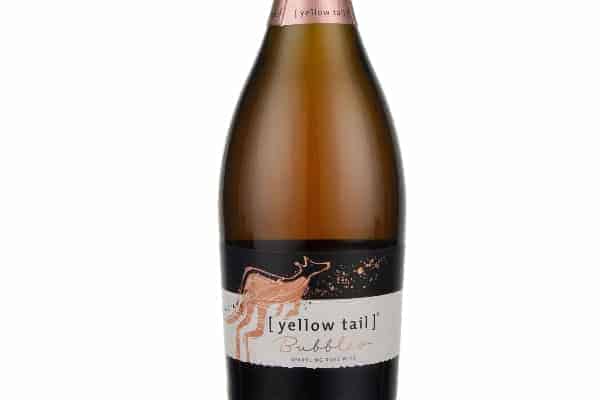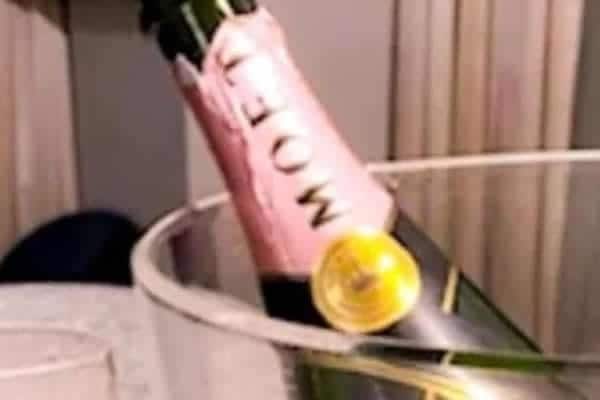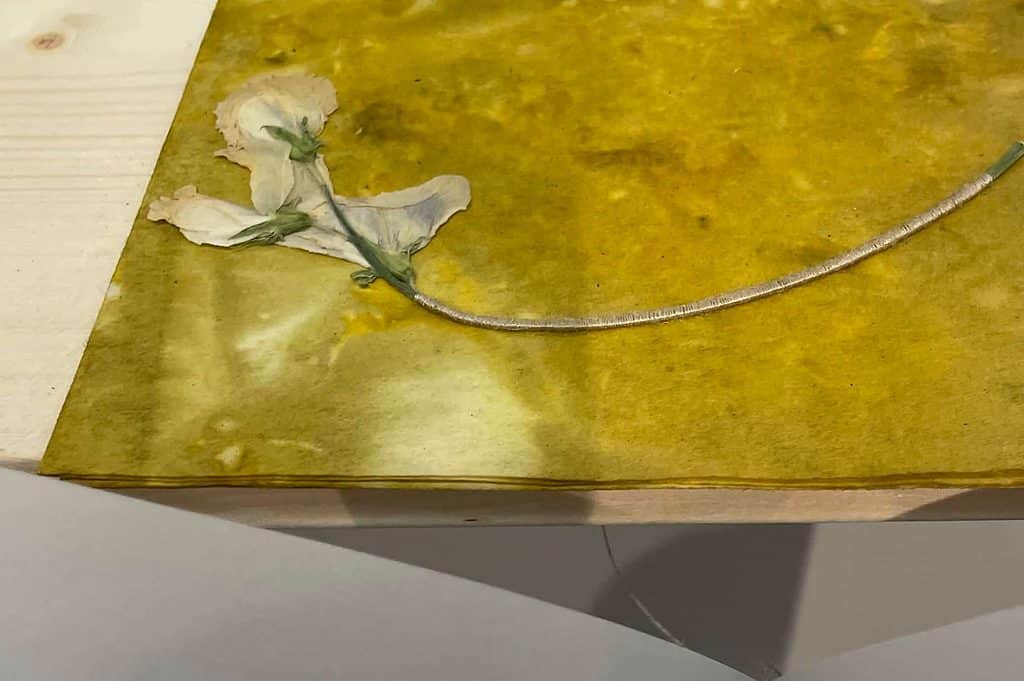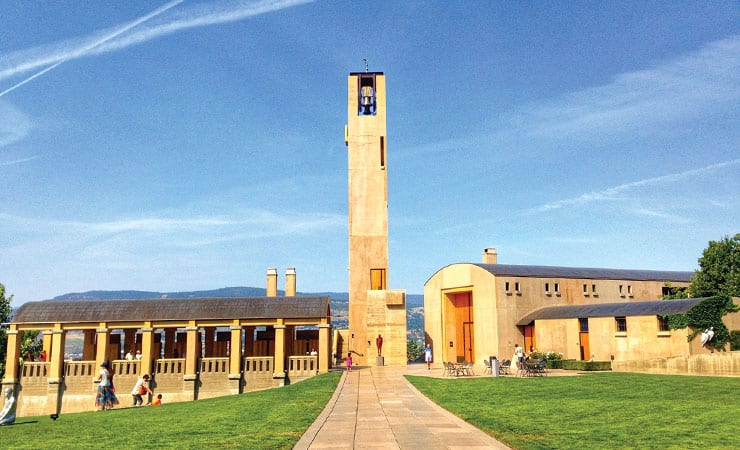The Naramata Bench, a plateau above Okanagan Lake, northeast of Penticton, emerged as a fruit growing area around 1900. The scenic Naramata Road through the bench, between Penticton and the little town of Naramata, passed a selection of my favourite vineyards.
The Yukon Liquor Corp. (YLC) carries wines from a number of vineyards along ‘The Bench,’ including Red Rooster (Merlot $19.70), Joie Farm (Think Pink Rose, $25.45), and Poplar Grove (Pinot Gris VQA $22.45). All are good examples from the region, and I can recommend all three, but, as I like to try wines unavailable at home, our destination this day was Laughing Stock Vineyards.
Founded in 2003 by former stock brokers David and Cynthia Enns, their investment in a vineyard made them the “Laughing Stock” of their Bay and Wall Street colleagues, who thought their vineyard ‘fiscally foolish, and financially unwise.’ David took courses at the University of California, Davis (maybe the best wine university in the world) and apprenticed with wine-makers in the Okanagan. Cynthia used her MBA background to become the vineyard manager.
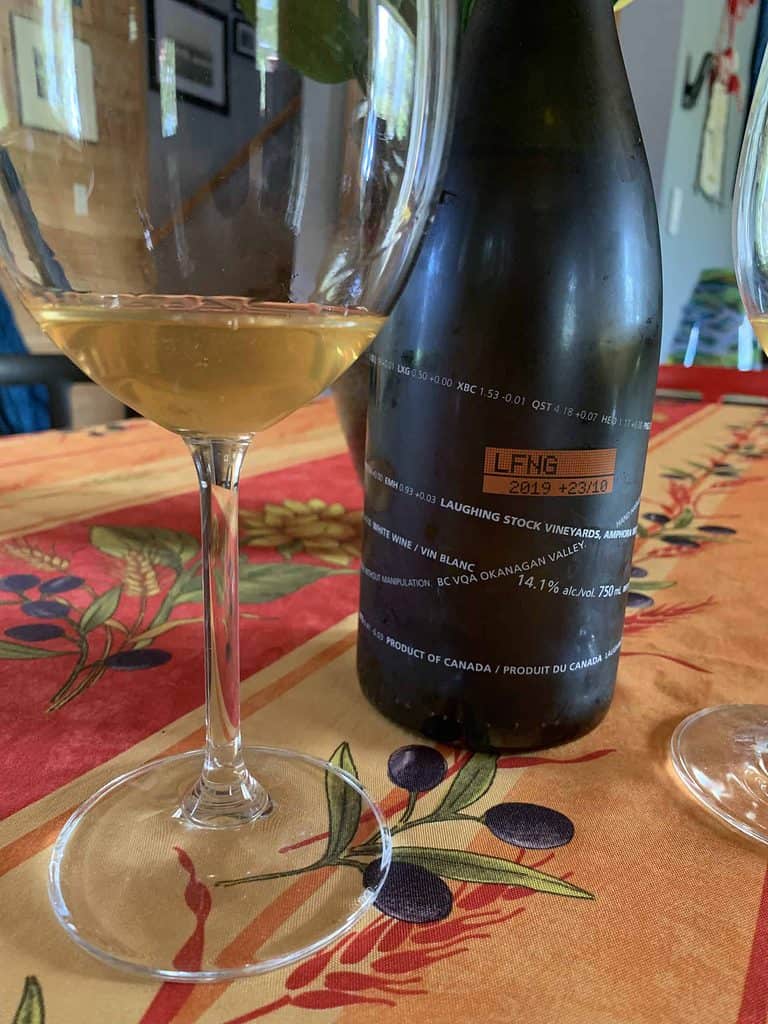
For 15 years, they developed an amazing and diverse ‘portfolio’ of wines, including memorable whites, outstanding Bordeaux-style red blends, and a superb Syrah. The vineyard’s wines have twice been awarded the Lieutenant Governor’s Award for Excellence in B.C. Wine, the 2011 Syrah was named the Best Red Wine in Canada by Decanter World Wine Awards, and, in 2018, Laughing Stock Vineyards won the top trophy for Syrah in the Six Nation (Canada, US. Australia, New Zealand, South Africa and Chile) Wine Challenge.
We were led through an excellent tasting by a very knowledgeable wine guide, who had us sample the Pinot Gris and ‘Amphora’ whites, as well as the reds, including the Pinot Noir, Syrah and ‘Portfolio’ Bordeaux-style blend. All were outstanding. We brought home a half-case of all of the above, plus the ‘Blind Trust’ red, which is a blend of Merlot, Cabernet Sauvignon, Syrah, Malbec, Cabernet Franc and Petit Verdot grapes.
We recently celebrated a birthday by preparing cedar plank salmon on the grill, with a maple syrup, lemon juice, Dijon mustard and shallot marinade. We opened our bottle of ‘Amphora’ blend white, which is aged in 500-litre ceramic tanks (or amphora). This magical vintage, a blend of Roussanne and Viognier, is naturally fermented, with whole grapes left covered and untouched for 90 days, the natural yeast on the grape skins precipitating the fermentation process.
The result is a slightly cloudy, orange/golden-hued treat, with a bouquet of honey and pears, and a surprisingly dry taste of apricots or ripe peaches, as well as some mandarin and almond notes. The finish has a slight suggestion of caramel and sea-salt. What a surprising treat! Keep your eyes peeled for any of these wines if you are in B.C. I’m going back for more this fall!
Just a quick note that the B.C. wines in this article (except the Think Pink Rose) are VQA (Vintners Quality Alliance), a certification put in place in 1990 to identify high quality B.C. wines. To be a B.C. VQA, wines must have 100 per cent British Columbia grapes, come from one of nine geographical indications (regions), 95 per cent of grapes must come from specific region mentioned on the label, 85 per cent of grapes must come from the vintage on the label, and 85 per cent of grapes must be the stated varietal (type of grape, e.g., Merlot). So, while wines like Grey Monk or Mission Hill are VQA; non-VQA ‘B.C.’ wines like Copper Moon, while bottled in B.C., may have grapes from anywhere in the world, and may not meet the other, above criteria. Not judging, just sharing.

